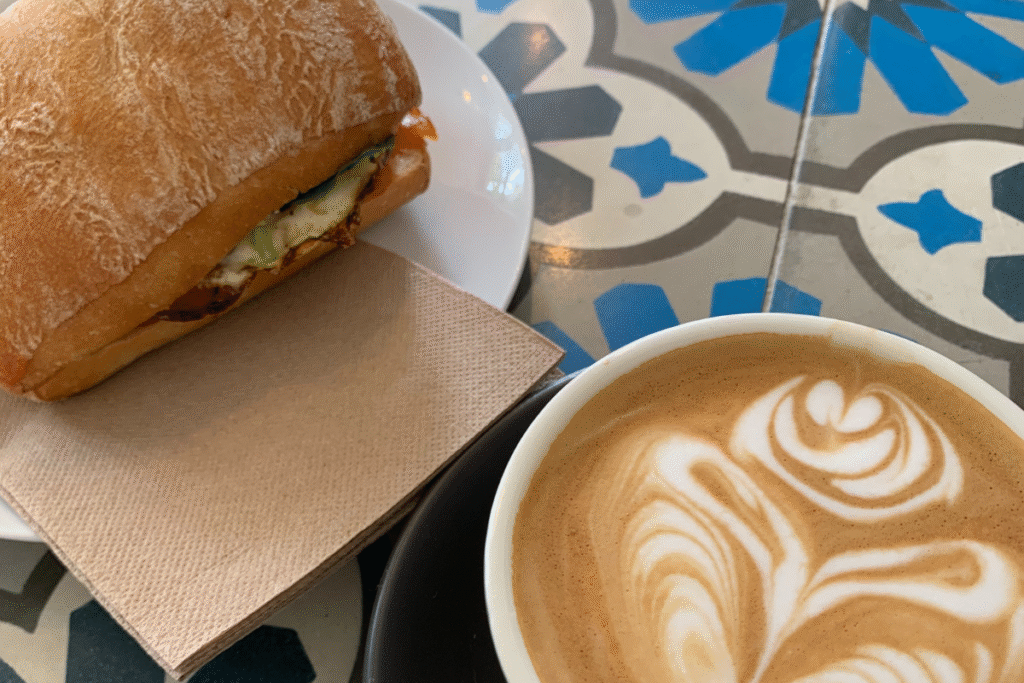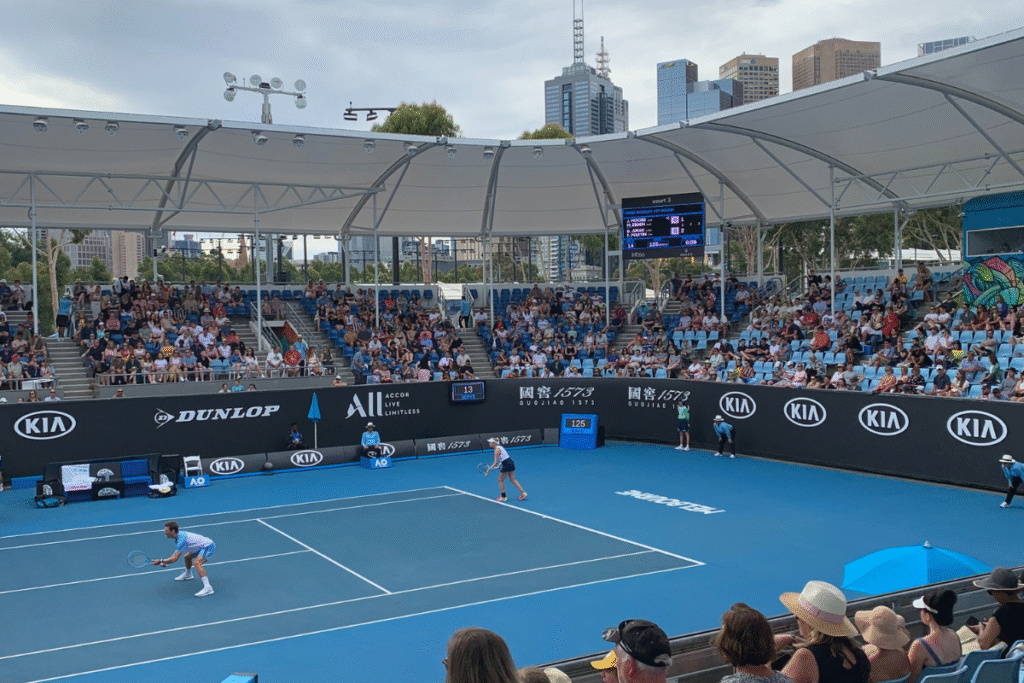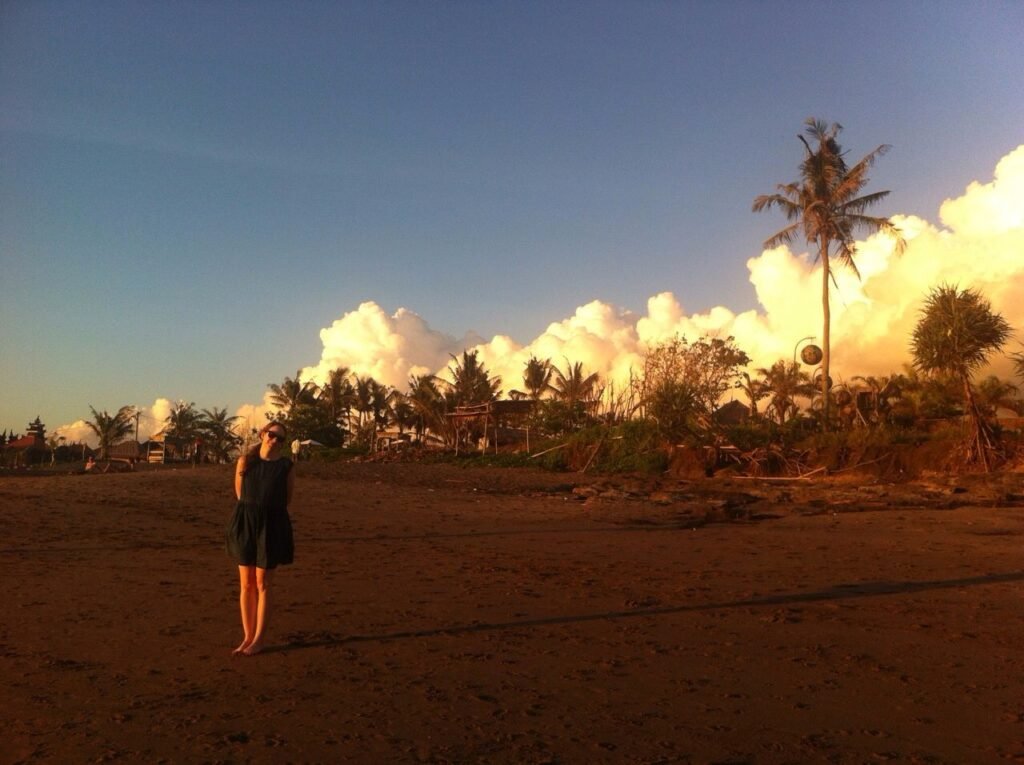In my 20s, I crammed as much as I could into three months of backpacking around Europe, racing from city to city, chasing cheap flights, and ticking off bucket list sights. Years later in my 30s, I moved to Europe on a Youth Mobility Visa and lived for years at a time in a few different countries. One was fast and thrilling, the other slower and more rooted. Now, I’ve found the pace that feels just right: slow travel. It’s the balance between freedom and familiarity, adventure and rest, and it’s changed the way I see the world.
It’s Kinder on the Mind and Body

Especially as a solo traveller, I find slow travel is easier on both your body and your mind. When you stay in one destination for weeks or months, you avoid the constant decision-making that comes with fast travel. You’re not always wondering where to stay, what to eat, or how to get to the next stop.
The mental load can be heavy. From figuring out how to get from the airport, navigate public transport in a new city, learn the basics of another language and change currency. Then is the actual decisions of what to see and do, booking tours, find restaurants, the list goes on.
You also skip the exhausting routine of hauling your luggage through train stations, airports, cobblestone streets, and up endless flights of stairs. When you travel slowly, you spend less time in transit and more time experiencing the place you’re in. It’s a calmer, more sustainable way to see the world. For me, it’s one of the biggest benefits of slow travel.
Slow Travel Is Cheaper

One of the biggest benefits of slow travel is how much money you can save. Staying in one place for weeks or months often means you can take advantage of discounted weekly or monthly accommodation rates. These are usually far cheaper than paying per night. You also spend far less on transport because you are not constantly booking flights, buses, or trains to get to your next destination.
Living like a local instead of a tourist can make a huge difference to your budget. You have time to shop at local markets and discover affordable supermarkets. You can also cook your own meals. When you get to know a neighbourhood, you find cafés, restaurants, and bars that offer better prices than the main tourist areas.
Slow travel makes it easier to manage your daily expenses. You also avoid the costly “short stay” mindset. Instead of paying for constant attractions or tours to fill limited days, you can explore free activities, parks, beaches, and walking trails at a relaxed pace. Over time, these savings add up. This allows you to stretch your travel budget further and stay on the road longer without sacrificing comfort.
You Get to Know a Place

Slow travel give you the chance to really get to know a destination. Some cities and towns don’t reveal their charm straight away. When you stay for weeks or months, you start to notice the small shifts that short-term visitors often miss. You see how the light changes at different times of day. You learn which streets are bustling on a Saturday but quiet on a Tuesday.
Slow travel gives you the space to explore beyond the main attractions. You can wander into neighbourhoods that rarely see tourists, where local life plays out at its own pace. Over time, you discover small bakeries, hidden parks, family-run restaurants, and corner shops that make a place feel familiar.
Staying longer also means you can experience seasonal changes and local traditions. You might be in town for a cultural festival, a weekly market, or a seasonal food that is only available for a short time each year. These experiences give you a deeper connection to the place and a more authentic understanding of how people live there.
When you travel slowly, a destination stops being just another stop on your itinerary. It becomes a place you feel part of, even if only for a little while.
You Can Create a Temporary Life
One of the most rewarding benefits of slow travel is the chance to build a temporary life in a new place. When you stay for a few weeks or months, you are not just visiting. You have time to settle in and create a sense of stability, even while you are far from home.
You can join a gym or attend a fitness class and start seeing the same faces each week. You might sign up for a cooking workshop, language lessons, or an art course. These activities not only give structure to your days but also create opportunities to meet people who live in the area.
Slow travel also allows you to develop small routines that make a place feel familiar. You can have a morning coffee spot where the staff remember your order. You might take an evening walk along the same route or return to a favourite dinner place more than once. These habits bring comfort and help you feel connected to your surroundings.
Over time, you become part of the rhythm of local life. You notice the weekly markets, know when the busy hours are at the bakery, and start recognising neighbours on the street. It is a way of travelling that blends exploration with everyday living, giving you a deeper connection to each destination.
You Can Build Deeper Connections

When you travel slowly, you can build real relationships that last beyond a single encounter. Short visits often mean any connections you make are fleeting. With more time in one place, you can meet people, see them again, and form friendships that go beyond a quick conversation or one night out.
Staying longer allows you to become part of a community, even if it is only temporary. You might meet other travellers who are also staying for an extended period or connect with locals who are happy to share their favourite places with you. Joining classes, attending events, or participating in hobby groups makes it even easier to form bonds.
Expat and international communities are another great way to connect while slow travelling. Many cities have active expat groups on social media or meet-up platforms where you can join social gatherings, language exchanges, or group activities. These spaces help you meet people from all over the world who understand the challenges and rewards of living abroad.
Final Thoughts on Slow Travel
Slow travel is not about seeing less. It is about experiencing more. By staying in each destination longer, you give yourself the chance to rest, connect, and discover a place beyond its surface. You spend less money, build deeper relationships, and create a temporary life that feels both grounding and adventurous. Most importantly, you return home with richer memories and a stronger connection to the places you have visited.
If you are ready to start planning your own trip, view our city guides for inspiration on where to go and what to experience at a slower pace.

